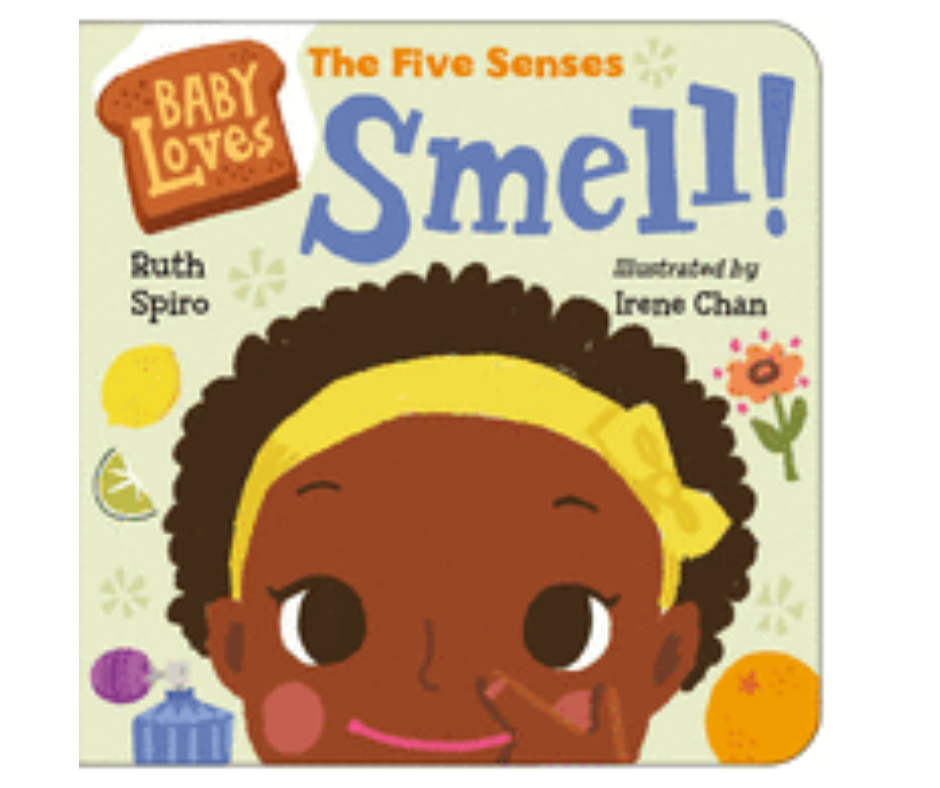Will Reading To My Baby Make Them Smarter?
 An infant won’t understand everything you’re doing or why. But reading aloud to your baby is a wonderful shared activity you can continue for years to come — and it’s important for your baby’s brain.
An infant won’t understand everything you’re doing or why. But reading aloud to your baby is a wonderful shared activity you can continue for years to come — and it’s important for your baby’s brain.
Reading aloud teaches a baby about communication introduces concepts such as numbers, letters, colors, and shapes in a fun way builds listening, memory, and vocabulary skills gives babies information about the world around them
By the time babies reach their first birthday they will have learned all the sounds needed to speak their native language. The more stories you read aloud, the more words your baby will hear and the better they’ll be able to talk.
Hearing words helps to build a rich network of words in a baby’s brain. Kids whose parents talk and read to them often know more words by age 2 than children who have not been read to. And kids who are read to during their early years are more likely to learn to read at the right time.
When you read to your baby:
- Your baby hears you using many different emotions and expressive sounds. This supports social and emotional development.
- It encourages your baby to look, point, touch, and answer questions. This helps with social development and thinking skills.
- Your baby improves language skills by copying sounds, recognizing pictures, and learning words.
But perhaps the most important reason to read aloud is that it makes a connection between the things your baby loves the most — your voice and closeness to you — and books. Spending time reading to your baby shows that reading is important. And if infants and children are read to often with joy, excitement, and closeness, they begin to associate books with happiness — and new readers are created.
Different Ages, Different Stages
Young babies may not know what the pictures in a book mean, but they can focus on them, especially faces, bright colors, and different patterns. When you read or sing lullabies and nursery rhymes, you can entertain and soothe your infant.
Between 4–6 months:
- Your baby may begin to show more interest in books. Your little one will grab and hold books, but will mouth, chew, and drop them as well. Choose sturdy vinyl or cloth books with bright colors and familiar, repetitive, or rhyming text.
Between 6–12 months:
- Your baby starts to understand that pictures represent objects, and may start to show that they like certain pictures, pages, or even entire stories better than others. Your baby will respond while you read, grabbing for the book and making sounds. By 12 months, your little one will turn pages (with some help from you), pat or start to point to objects on a page, and repeat your sounds.
When and How to Read
Here’s a great thing about reading aloud: It doesn’t take special skills or equipment, just you, your baby, and some books. Read aloud for a few minutes at a time, but do it often. Don’t worry about finishing entire books — focus on pages that you and your baby enjoy.
Try to read every day, perhaps before naptime and bedtime. Reading before bed gives you and your baby a chance to cuddle and connect. It also sets a routine that will help calm your baby.
It’s also good to read at other points in the day. Choose times when your baby is dry, fed, and alert. Books also come in handy when you’re stuck waiting, so have some in the diaper bag to fill time sitting at the doctor’s office or standing in line at the grocery store.
Here are some other reading tips:
- Cuddling while you read helps your baby feel safe, warm, and connected to you.
- Read with expression, make your voice higher or lower where it’s appropriate, or use different voices for different characters.
- Don’t worry about following the text exactly. Stop once in a while and ask questions or make comments on the pictures or text. (“Where’s the kitty? There he is! What a cute black kitty.”) Your child might not be able to respond yet, but this lays the groundwork for doing so later.
- Sing nursery rhymes, make funny animal sounds, or bounce your baby on your knee — anything that shows that reading is fun.
- Babies love — and learn from — repetition, so don’t be afraid of reading the same books over and over. When you do, repeat the same emphasis each time as you would with a familiar song.

